

Proterra picks up riders on the high road to a zero emission future.
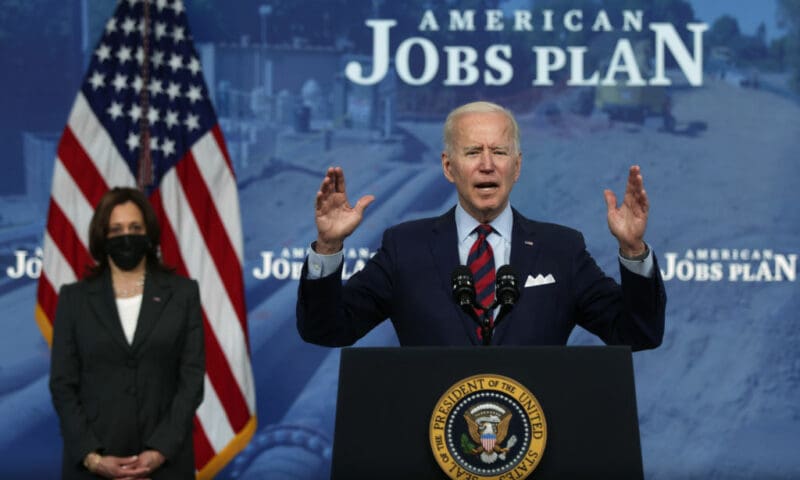
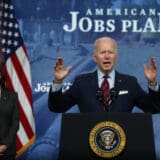
How the infrastructure bill could easily be engineered to also build justice.

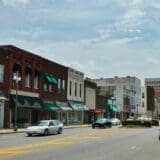
A community coalition employs an alternative approach at an Alabama bus plant.
Co-published by Newsweek
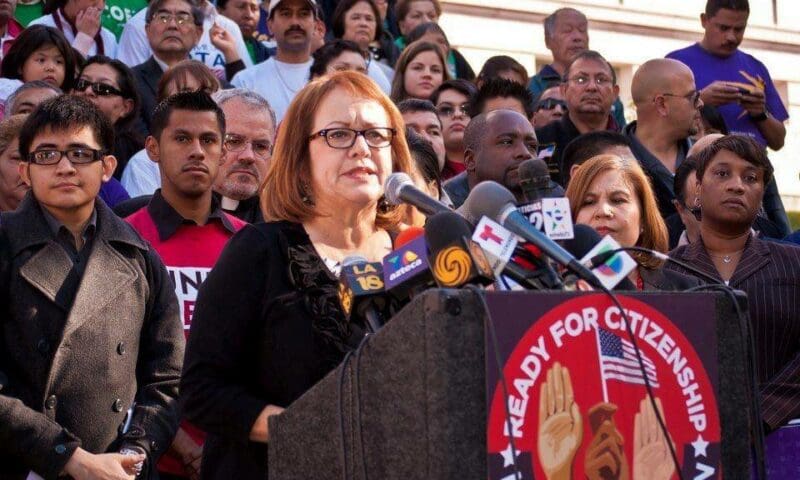

A proposed California law would compel companies seeking public contracts to deliver the high-quality wages that they promise.
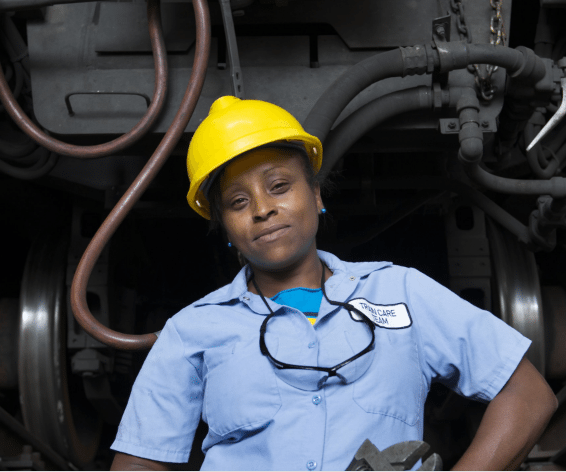
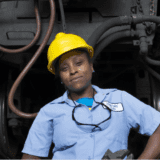
Co-published by Newsweek
With momentum on infrastructure rebuilding stalled, the Trump administration this week is moving ahead to repeal a two-year initiative dating from the Obama administration that might be the only dynamic infrastructure and jobs program in existence at the federal level.
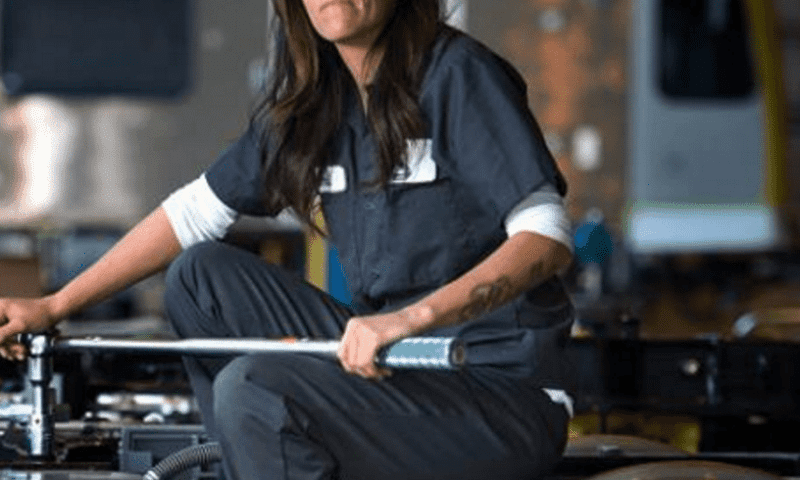
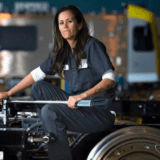
JMA recently developed the U.S. Employment Plan (USEP), which encourages public transit agencies such as LA Metro to request firms seeking contracts to build passenger buses and trains with federal and local tax dollars to hire American workers.


Earlier this month our team from Jobs to Move America (JMA) attended the American Public Transportation Association (APTA) Annual Meeting in San Francisco. We were there to learn the latest in transit trends, from sustainability planning to high-speed rail. We were also an outspoken advocate on behalf of American labor and taxpayers amongst 1,500 attendees. Unfortunately, even with the presence of the Department of Transportation (DOT) and the Federal Transit Administration (FTA), domestic labor was largely left out of the conversation, since most participants were public transit officials, manufacturing company representatives, and private sector consultants focused on stretching the dollar.
Despite this bottom-line focused crowd, we were encouraged by the plenary session’s appearance of DOT Secretary Anthony Foxx. He argued that with the right configuration, transportation can connect workers to sustainable jobs and living wages, and transportation as an industry can also generate employment opportunities for disadvantaged Americans seeking second chances.
» Read more about: Making Public Transportation Work for America's Job Seekers »
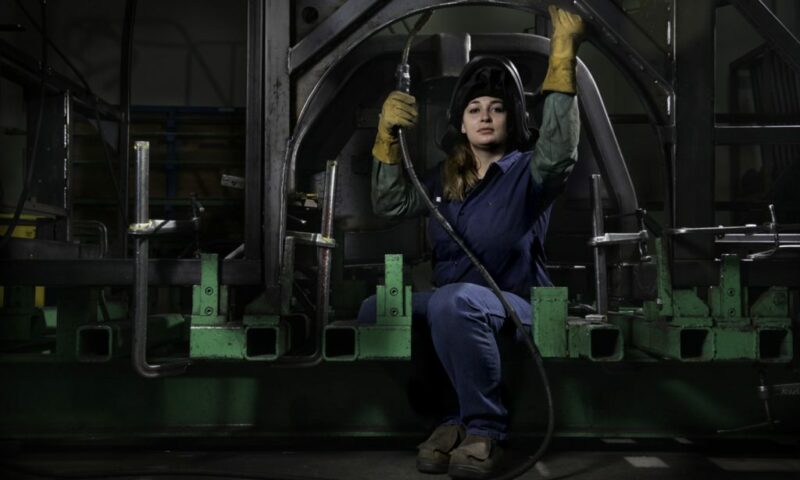
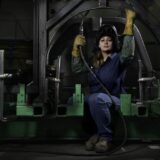
Some 70 years ago, the song “Rosie the Riveter” crackled over the wireless while a Norman Rockwell illustration of Rosie flexing her bicep popped from the cover of The Saturday Evening Post. By depicting the rivet gun-toting icon on her lunch break, Rockwell hopped aboard the government-fueled propaganda bandwagon that had only one aim: to recruit and train a female workforce capable of churning out munitions, aircraft, tanks and destroyers for a costly, brutal war that spanned two oceans and three continents. Rosie the Riveter did the job, and an estimated 18 million women left the house for the factory (or shipyard) — giving many the freedom to work outside the home for the very first time.
The larger the share of female employment, the lower the wage across all industries
Today,
» Read more about: A New Rosie the Riveter for a New America »
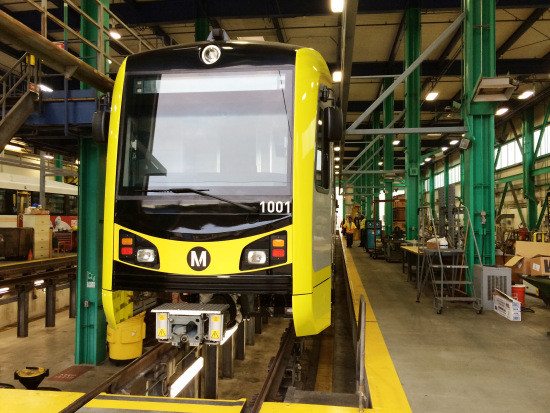
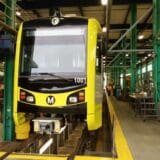
In a dramatic turnaround to what only last month was described as a hopeless impasse, Los Angeles Mayor and L.A. County Metropolitan Transportation Authority (Metro) Chair Eric Garcetti announced Tuesday that an agreement has been reached between Kinkisharyo International, LLC and labor and community groups to expand its L.A. County manufacturing operations for its next delivery of Metro light rail cars.
The mayor’s office said the agreement will net the county a total of 250 new jobs as Kinkisharyo expands the light rail car assembly and testing operations at its existing plant in Palmdale. The accord also includes a “neutrality agreement” (stating Kinkisharyo won’t contest attempts to unionize its workforce), as well as a commitment to explore additional skills training and assistance for disadvantaged L.A. County workers.
The agreement covers a total of 175 cars slated for assembly at the facility, including the 78 that Kinkisharyo is currently assembling under a 2012 Metro contract,
» Read more about: Rail Car Pact to Bring Jobs to L.A. County »


I wasn’t sure what to expect when arriving in Detroit, Michigan Wednesday. The city is heavy with symbolism in the American imagination – everything from Motor City and Motown to Broken Dreams and Bankruptcy. A recent article called Detroit “a mixed picture of hope and desolation.” Which side would reveal itself to me?
I craned my neck as the taxi cab sped along a highway. At first, I saw nothing special: clouds low and gray in the sky, SUVs on the road, overpasses and underpasses, and the occasional warehouse or big-box store.
And then I saw them: large, four- or five-bedroom, brick or wood houses alongside the highway. Every house was boarded up, caving in, spray-painted, overgrown with vines, or blackened with fire scars. The cab driver spoke angrily. “See those homes? It’s not safe there — looting and shooting. Do you see those homes?”
I did see them.
» Read more about: Coming Home to Detroit for Netroots Nation »
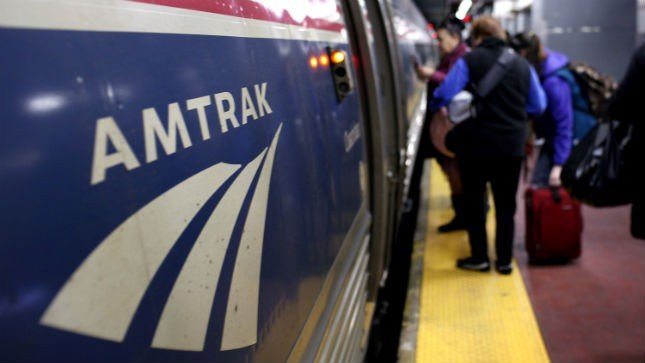
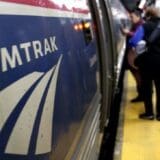
As a college sophomore in the late ’80s, I didn’t have the benefit of Wikipedia or the Google. Instead, the holy grail of research was a black and yellow study guide called CliffsNotes. These heaven-sent summaries of major literary works were a lot easier to read than the originals.
During one quarter, I took a philosophy class where I was assigned to write an essay on Plato’s The Republic. It was springtime in the Bay Area, so the last thing I wanted to do was write the essay. After a visit to the campus bookstore, I devised a strategy to quickly complete my assignment: Summarize the CliffsNotes, and then tack on some class lecture notes. I thought my plan was foolproof — until the professor returned my essay a couple of weeks later. In bright red, he marked comments up and down the margins and in between paragraphs,
» Read more about: Railcar Investment & Jobs: A Teachable Moment »
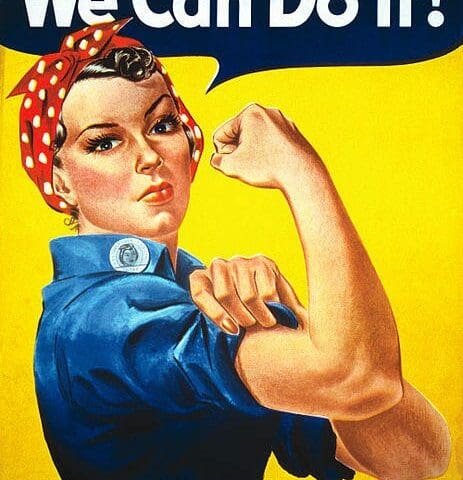
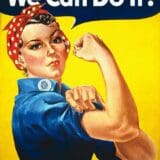
As we celebrate Women’s History Month in March, we honor many iconic women workers from past to present, from Rosie the Riveter to Dolores Huerta. But we often forget about the unsung “sheroes,” the women whose toil and dedication help move America, today.
One such group is the women workers who manufacture America’s buses, trains and streetcars for our public transit systems. Khanthaly Ditthiait is a 26-year-old mom of two who works at a bus factory owned by New Flyer Industries in St. Cloud, Minnesota. When Khanthaly was just 18 years old, she got a job as a painter’s assistant at the factory.
“It was 10 years before they hired any women to paint the buses — I was the first girl that they hired,” she says. “It was like, ‘Oh, you can’t do it, you’re short. And you have boobs.’ But I was determined. I was like,
» Read more about: In Praise of Unsung Women and Their Work »
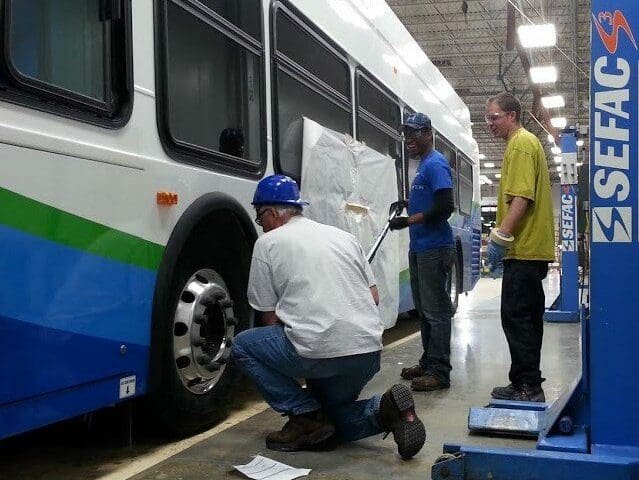

Minnesota is cold. When I visited the state in early February, surprisingly, the subzero temperatures weren’t the only reason for this impression. It was actually the sight of 122 acres of mangled metal above the Mississippi River that chilled me to the bone.
In St. Paul, a former Ford factory, which operated for more than 80 years and employed thousands of workers manufacturing cars, is being demolished. Seeing firsthand the historic Twin Cities Assembly Plant’s demise and the loss of so many quality, unionized American manufacturing jobs made me feel a keen sense of grief.
Ironically, I had come to Minnesota to encourage the creation of U.S. manufacturing jobs, by advocating that the Twin Cities regional planning agency, called the Metropolitan Council, leverage its purchases of buses and trains. I represented the Jobs to Move America coalition, which unites more than 30 community,
» Read more about: A Manufacturing Pulse Beat in the Heartland »
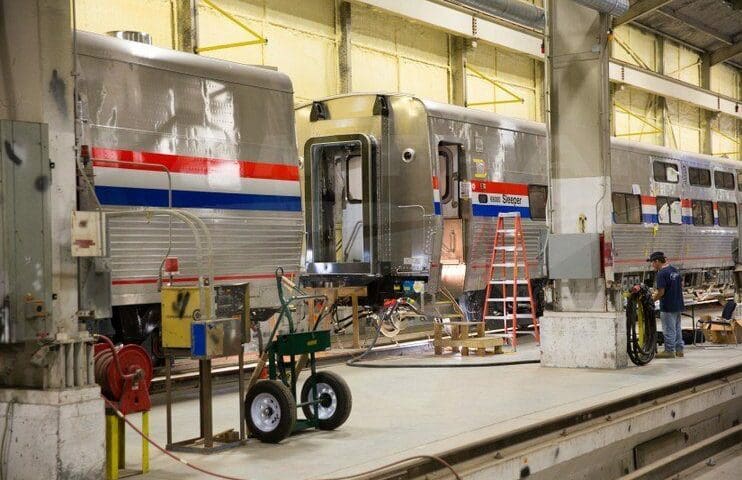
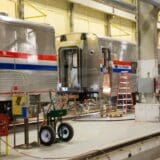
After the President’s State of the Union address, federal policy circles are squarely focused on how to speed and grow America’s economic recovery. President Obama was right when he said America needs “a set of concrete, practical proposals to speed up growth, strengthen the middle class and build new ladders of opportunity.”
America’s public transportation infrastructure provides one excellent opportunity to build a more equitable, prosperous economy. Here are five policy prescriptions that can help create good jobs and growth in the transportation sector:
1. Make a globally competitive investment in infrastructure. Increase federal funding to address America’s infrastructure deficits identified by the American Society of Civil Engineers and detailed in the BlueGreen Alliance’s Repair America report, especially in the transportation sector. Investments in transportation can put Americans back to work while rebuilding our crumbling roads and bridges, and improving the efficiency of our rail and transit systems.
» Read more about: Five Policy Prescriptions for Transportation Job Creation and Growth »
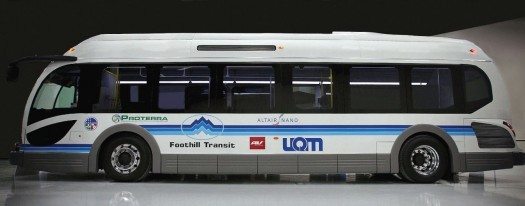
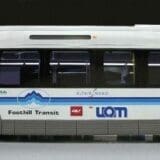
As a member of the Jobs to Move America coalition, I was more than a little dumbfounded to read a blog post by Brandon Fuller promoting a study authored by three economists from UCLA and Cornell University that criticizes taxpayer investment in American-made buses. Fuller’s post appeared on The Atlantic‘s Cities website, which also tweeted: “@AtlanticCities: Subsidies require cities to buy American-made buses. Change that, and bus services can be cheaper”
Huh? The Jobs to Move America campaign offers a real-life rebuttal to the study’s theoretical arguments against American-made buses. Here are five reasons Fuller and the research he embraces are wrong:
1) The best use of American taxpayers’ money is buses Made in America.
Fuller’s argument that sending taxpayer dollars overseas is a better investment than buying American-made buses simply does not add up. Why?
» Read more about: Five Arguments for American-Made Buses & How ‘The Atlantic Cities’ Got It Wrong »
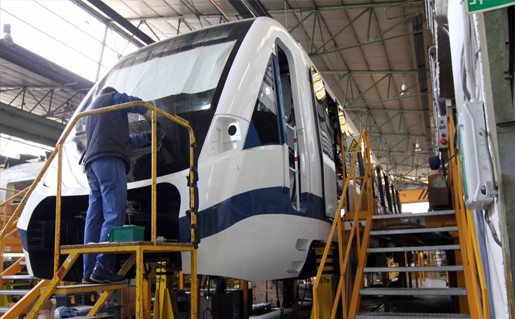
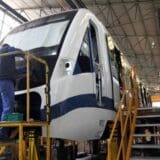
Chi-Town, the Windy City, Chicagoland – whatever you want to call it, the city just made a bold move to encourage good American jobs. On October 18, the Chicago Transit Authority (CTA) for the first time asked companies vying for a $2 billion contract to manufacture 854 rapid transit cars to disclose their plans to create American jobs and opportunities for American workers. CTA’s addendum to its Invitation for Bids encourages companies to develop comprehensive American jobs plans and follow through to create them if awarded the contract – a move that could create as many as 20,000 good American manufacturing and related jobs, according to University of Massachusetts, Amherst economists.
Jorge Ramirez, President of the Chicago Federation of Labor celebrated the decision, saying, “We applaud Mayor Emanuel and the CTA for taking a lead role in bolstering Chicago’s economy and creating jobs. We urge manufacturers to work in partnership with the CTA to create quality manufacturing jobs here in Chicago and around the U.S.”
CTA’s adoption of the Jobs to Move America framework demonstrates the growing muscle of the coalition of community,
» Read more about: Chicago Gets Rolling Toward Good American Jobs »
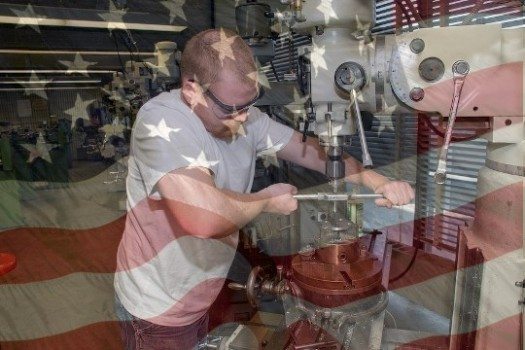

“Frankly, I’m surprised that American jobs are so controversial.”
These words, spoken by Los Angeles Alliance for a New Economy (LAANE) senior researcher Linda Nguyen-Perez, hung in the air of a Chicago hotel conference room last week during the American Public Transportation Association (APTA) Annual Meeting.
Linda and I attended the conference on behalf of the new Jobs to Move America campaign, explaining our effort to transit agency officials, consultants and transportation equipment manufacturers from across the nation. The budding coalition behind this movement unites community, small business, labor, faith, small business, philanthropy, academic and environmental groups, including LAANE, all of whom want to maximize the 5.4 billion American taxpayer dollars that public transportation agencies spend every year, to improve transportation systems, create good American jobs and generate opportunities for such struggling unemployed American workers as veterans, single parents and residents of low-income neighborhoods.
» Read more about: Are American Manufacturers Afraid of American Jobs? »